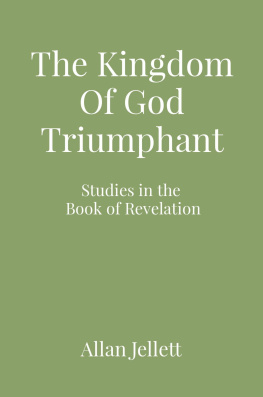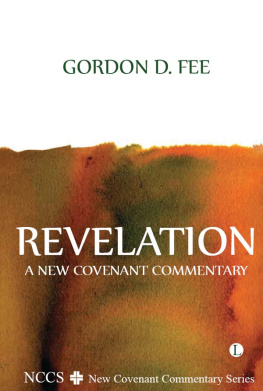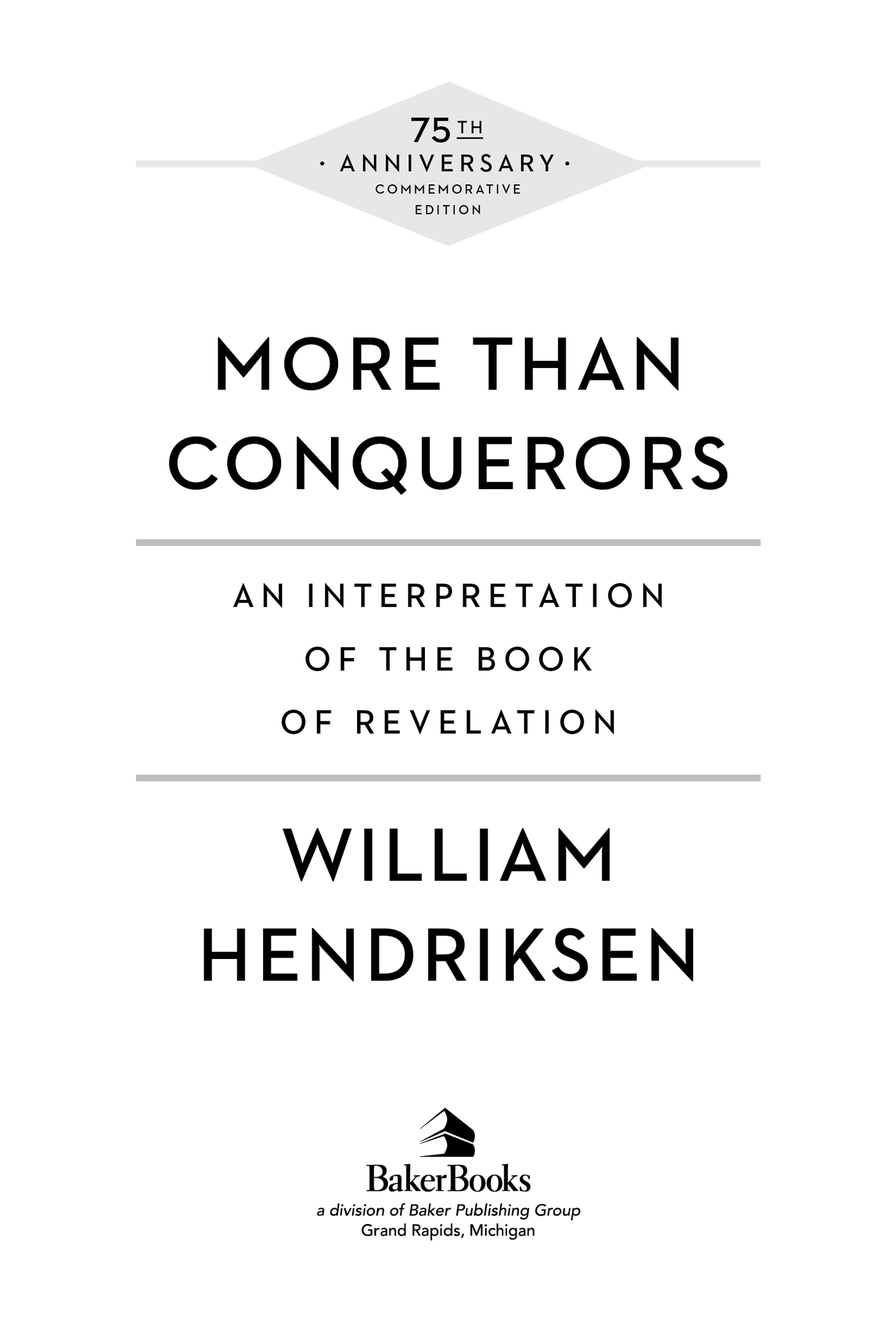1. Purpose, Theme, and Authorship of Revelation
2. General Analysis
3. The Unity of the Book
4. Progressive Teaching Concerning Final Judgment
5. Symbolism in the Book
6. Background and Basis for Interpretation
7. Revelation 1: The Son of Man
8. Revelation 23: The Seven Lampstands
9. Revelation 47: The Seven Seals
10. Revelation 811: The Seven Trumpets
11. Revelation 1214: The Christ versus the Dragon and His Allies
12. Revelation 1516: The Seven Bowls
13. Revelation 1719: The Fall of the Dragons Allies
14. Revelation 2022: Victory through Christ
Biographical Tribute
William Hendriksen
19001982
A commemorative word about William Hendriksen to acknowledge his prodigious writing and profound Christian commitment is a natural response of a grateful publisher. That these comments appear in an edition of More Than Conquerors , however, is especially appropriate.
Publisher Herman Baker presented the first trade copies of More Than Conquerors to the author in July 1939. The book has remained in print and is now in its twenty-fifth impression. Its long life parallels William Hendriksens prolific writing career.
Forty-two years later, William Hendriksen at the age of eighty-one was still writing as intensely and productively as everup to within a few months before his death in January, 1982. He was progressing well with his next work, a commentary on First Corinthians, having finished the introduction and first chapter.
The vibrancy of the words More Than Conquerors was mirrored in William Hendriksens firm possession of a triumphant biblical faith. The fuller rendering of the apostles victory cry in Romans 8We are more than conquerors through him who loved usreverberated in William Hendriksens tenacious labors to interpret Gods Word with clear, rich, and irenic exposition. At his death, it was fitting to see a copy of More Than Conquerors as the focal point of the floral tribute placed on his casket.
The wide distribution of More Than Conquerors is evidence of consistent and broadening respect accorded William Hendriksen as a trusted and eminent New Testament scholar. Dr. Hendriksen gained most of his prominence through his commentaries. He began the New Testament Commentary series in 1952 with the first volume of the Gospel of John, and he most recently completed the Book of Romans (1981). As each volume was released, scholars enthusiastically endorsed it. Typical of the statements by reviewers are:
The volumes in the NTC (New Testament Commentaries) are appealing in style, language, and exposition.
[Hendriksens] style is concise, his language clear, and his exposition conservative.
... demonstrates his indefatigable energy, his scholarly acumen, and his ardent desire for the proper understanding of the biblical revelation of Gods sovereign grace in Jesus Christ as understood in the Reformed tradition.
Another noticeable feature of Hendriksens commentaries is the care he takes to study thoroughly different points of view before drawing his conclusion.
... careful exegesis.
... reflects facility with the grammar and syntax.
... awareness of the scholarly literature.
... mature exegetical commentary.
Dr. Hendriksens mastery of languages was a major factor in his incisive exposition. He was fluent in Hebrew as well as Greek (rare among New Testament scholars) and could read in twenty languages. He learned Spanish after he retired from the pastorate. His own Greek translation appears in each of his commentaries, and his familiarity with the theological literature of Germany and Holland added breadth to his expositions.
His linguistic competence prompted involvement as a consultant and translator in the preparation of the New International Version of the Bible. During the NIV editorial sessions, Dr. Hendriksen became a close friend of Dr. Edwin H. Palmer, whose high admiration for Hendriksen was published in a 1976 issue of The Banner , a magazine of the Christian Reformed Church, the denomination Dr. Hendriksen served. Dr. Palmer seemed to be making certain that William Hendriksen would be a prophet honored in his own country. The tribute titled New Testament Giant began:
While Dr. William Hendriksen is still hale and hearty, I want to draw the attention of the Banner readers to this New Testament Giant.... The first thing that comes to my mind when I think of Dr. Hendriksen is his New Testament commentaries. I know of no finer commentaries in the English language. They are so superb that every church ought to buy a complete set for its pastor, if he does not already have one.
Dr. Palmer continued, summarizing the features of the commentaries and asserting that they:
assume that the Bible is the completely authoritative, inerrant Word of God
presuppose the Reformed faith
have meat without being pedantic
are well organized
exhibit a wholesome emotional piety
Writing verse-by-verse commentaries, some of which have more than a thousand pages, at such a steady pace reveals Dr. Hendriksens driving willpower and unwavering self-discipline. These traits emerged in part out of the fabric of his early family life. Williams perfectionistic bent had its parental model in his father, who by trade was a carpenter (and an excellent one), but one who also expressed a highly creative nature as a talented wood-carver. William Hendriksen remembers his father producing beautiful carvings, working on them for weeks, often for months. When they were finished he would give them away. As far as William knew, his father never accepted money for any of them.
Williams penchant for hard work came to him environmentally as well. Of hardy immigrant stock, he came at age ten with his family from the Netherlands to settle in Kalamazoo, Michigan. Family dreams of prosperity by starting fresh in America remained elusivethe family was large (William was the youngest of eight children) and the country was gripped by an economic depression. Older children were expected to work for the familys financial survival. The livelihood of Williams father was so precariously small that at times the master wood-carver had no recourse other than to apply his skills doing minor repair work on items such as clocks and sewing machines.
William did his share to help support the family. After passing the eighth grade, he briefly attended a new high school, which folded several months after classes started in the fall. William went to work, finding jobs wherever he could. He began as a produce peddler and later worked in a gold-leaf printing company, in a radiator repair shop, in a grocery store as a clerk, and in a stationery factory.











